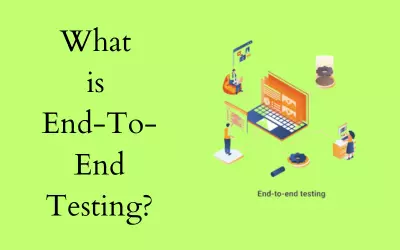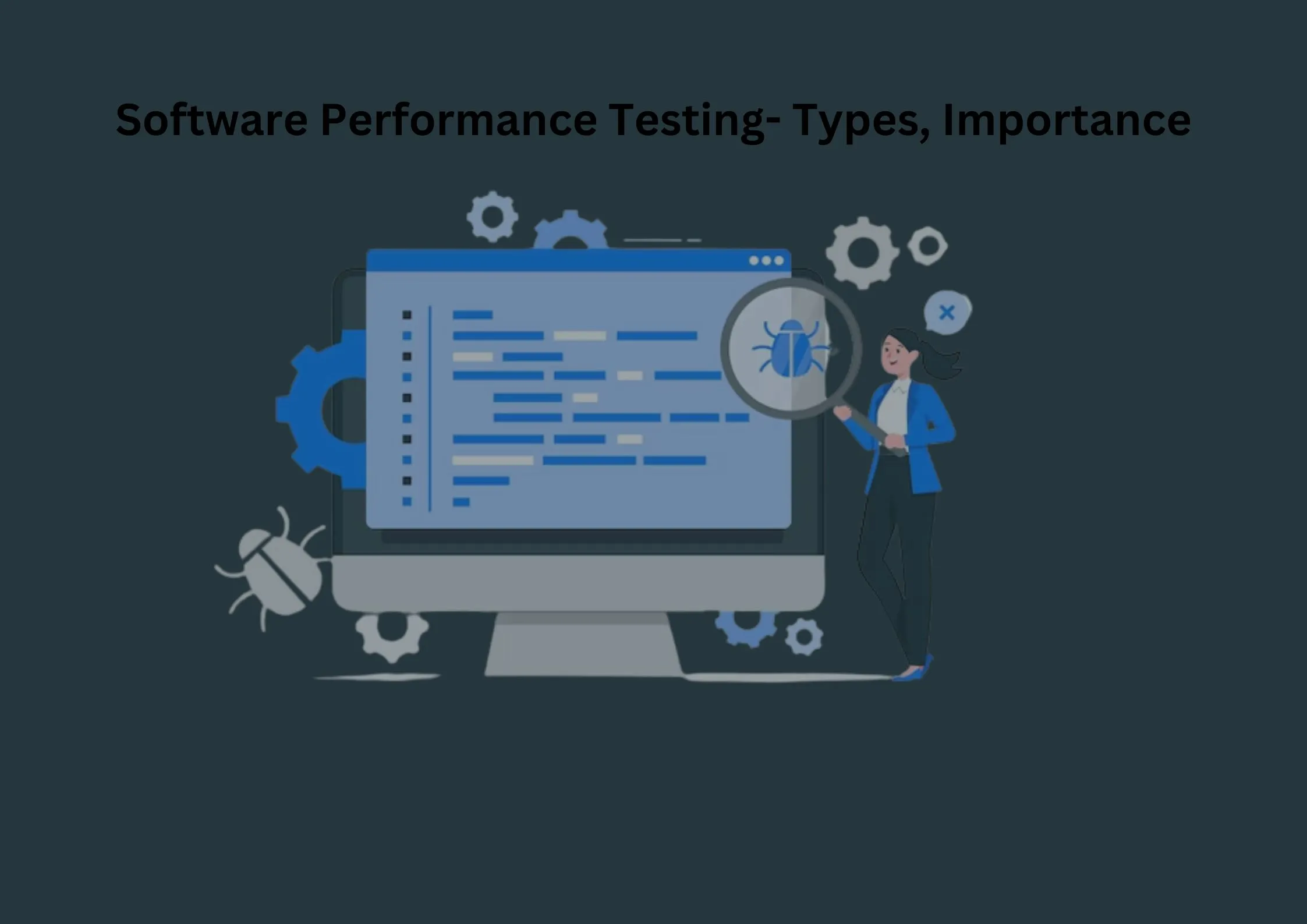Software testing is essential to the software development life cycle, especially as systems become more sophisticated and users demand ever-greater technological advancements. E2E testing is one of the greatest approaches to verify the general excellence of software solutions.
End-to-end testing – what is it?
End-to-end testing, often known as E2E testing, looks at the entire system. In this kind of testing, servers, user interfaces, and backend databases are all scrutinized. The effectiveness of each component’s integration into the final product is evaluated after it has undergone testing as a whole. One of the main advantages of end-to-end testing is this.
The software testing method looks at both the design and development of the software as well as the functionality of the finished output. End-to-end testing examines the complete stack in terms of the user. To make sure that every component is prepared for use in the real world, complete workflows and scenarios are tested.
Why is end-to-end testing required?
Since end-to-end testing has a wide reach, its test coverage might be substantial. More microservices and integration points are used in software applications, thus each component must function in accordance with user requirements. This testing strategy aids in finding system-wide performance bottlenecks, security holes, inconsistent data, and usability issues.
End-to-end testing strives to validate user workflows by simulating the user experience in real-world circumstances. Additionally, it guarantees that integration points and subsystems can function both jointly and independently. By thoroughly examining the program, the likelihood of essential systems failing in production is decreased.
Manual or automatic?
End-to-end testing can make use of both automated and manual testing. Despite this, many interfaces are challenging to automate, necessitating the usage of traditional manual testing. The use of automation, however, can assist save time and money in specific situations. Having said that, it’s critical to balance the usage of automation because the goal of E2E testing is to evaluate from the standpoint of the user, which is challenging for a machine to achieve. This is why end-to-end testing should always include manual techniques.
Additionally, since developing tests requires time and effort, automated testing is frequently pushed to the bottom of the priority list, leaving E2E tests entirely human. Combining manual and automated testing, however, will broaden test coverage and reveal more flaws.
End-to-end testing examples
For a better understanding of this kind of testing, consider these two instances.
Ex. 1: Signing in
At first glance, this sounds easy. Testing the login process, however, may affect a number of supporting services, including Single-Sign-On, SAML, Google Auth, etc. Include all possible login scenarios to guarantee thorough testing.
Methods for doing end-to-end testing
It matters just as much how particular tests are run in succession as if they are conducted at all. Time and effort might be lost by doing tests in the wrong order. End-to-end testing should take place instead after unit and integration testing is finished but before user acceptability testing. This order of testing ensures that crucial elements are checked together before being used by the user in an actual test.
Guidelines for conducting effective testing
Access the program as if you were a user. Follow the steps you think a real-world user would take.
Prepare exam results in advance. It may take some time to get usable test data, so allow enough time.
Utilize both human and automated testing when it is practical to do so.
Keep an eye out for any slowdowns or mistakes in the performance of all systems.
Utilize exploratory testing and work together as a team to expand coverage.
Connect the tests to the pipeline for code deployment so that the E2E test script is run in the proper order.
Limitations and benefits
To support the quality of their products, software teams can choose from a variety of testing methods. Employing a wide range of testing methodologies is the best option because each testing type has strengths and drawbacks based on use. Some of the advantages and disadvantages are shown below.
Benefits:
decreases the quantity of production errors
increases test coverage by confirming that all systems—including those from third parties that might not otherwise be tested—work together.
confirms actual user flows
Testing is simple to repeat.
Limitations:
Manual execution can be laborious.
When automated, it can be challenging to build
Due to fragility, reliability may require ongoing modifications.
Testing a specific or more detailed unit or integration test may take longer or necessitate additional investigation in order to pinpoint the exact fault.
Conclusion:
End-to-end testing presents a fantastic opportunity to provide your customers with high-quality products, even if it can frequently be time-consuming. You can get a thorough understanding of your product’s quality by conducting tests that are user-centered and cover a wide spectrum of linked functions. You will then be able to tell how close the product is to being viable for release and whether any additional testing is required.
If you read more article, visit :- SoftwareTestingLeaders.com



